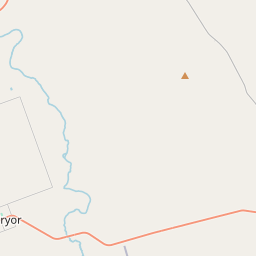Kincaid Ranch and Hotel







William Davis Kincaid, founder of the Kincaid Ranch, learned the cattle business as a young man in West Texas. In 1905 Kincaid brought his family to land he purchased southeast of Uvalde, in Uvalde and Zavala Counties. Before his death in 1914, Kincaid served as President of the Unvalde National Bank and the Uvalde School Board. In 1927, his wife and children built the Kincaid Hotel at the intersection of North and Getty Streets in Uvalde in his honor. During the area's ranching heyday, the hotel served as the business hub and social center of the Uvalde area, and ranchers from Texas and surrounding states often made "The Kincaid" their area headquarters. (2009)
As one of the most visible programs of the Texas Historical Commission (THC), historical markers commemorate diverse topics in Texas history, including: the history and architecture of houses, commercial and public buildings, religious congregations, and military sites; events that changed the course of local and state history; and individuals who have made lasting contributions to the state, community organizations, and businesses.
In the late 19th century, Texas became known for its cattle drives, in which cowboys would move herds of cattle from Texas to railheads in Kansas and other northern states. The cattle drives were dangerous and difficult work, but they played a key role in the development of the American cattle industry.
In the early 19th century, Spanish ranchers settled in the region, establishing large cattle ranches. With the signing of the Adams-Onis Treaty in 1821, Zavala County became part of the newly independent country of Mexico. The establishment of the Republic of Texas in 1836 brought an influx of American settlers to the area, seeking opportunities for farming and ranching.
The county was formally established in 1858 and named after Lorenzo de Zavala, an influential Mexican politician who had supported the Texas Revolution. However, it wasn't until the 1870s that the county experienced significant growth with the arrival of the railroad. The railroad brought increased commerce and connected the county to larger cities in the state.
With the discovery of oil and gas in the early 20th century, Zavala County experienced an economic boom. The oil industry brought jobs and prosperity to the region, attracting workers from across the country. Today, Zavala County remains an important hub for agriculture, oil, and gas production, preserving its rich history while continuing to evolve and adapt to the changing times.
Zavala County Timeline
This timeline provides a condensed summary of the historical journey of Zavala County, Texas.
- 1847 - Zavala County is officially established by the Texas legislature.
- 1853 - The county seat is designated as Batesville.
- 1858 - Batesville is abandoned as the county seat and moved to a new location called Uvalde.
- 1870 - Crystal City becomes the new county seat.
- 1944 - The town of La Pryor is established.
- 1952 - The railroad is extended to Crystal City, boosting the local economy.
- 1985 - The Mexican American Legal Defense and Educational Fund sues the county over voting rights, leading to the implementation of single-member districts.
- 2004 - The Zavala County Jail is closed due to inadequate conditions.
- 2017 - Hurricane Harvey causes significant damage to the county, leading to evacuations and recovery efforts.